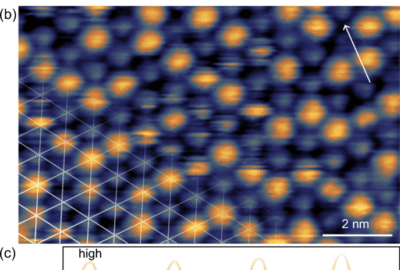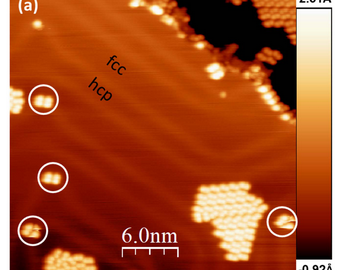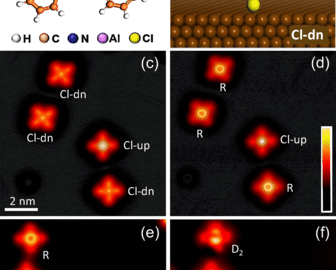publications
Single-crystalline nanoribbon network field effect transistors from arbitrary two-dimensional materials
The last decade has seen a flurry of studies related to graphene nanoribbons owing to their potential applications in the quantum realm. However, little experimental work has been reported towards nanoribbons of other 2D materials. Here, we propose a universal approach to synthesize high-quality networks of nanoribbons from arbitrary 2D materials while maintaining high crystallinity, narrow size distribution, and straightforward device integrability. The wide applicability of this technique is demonstrated by fabricating molybednum disulphide, tungsten disulphide, tungsten diselenide, and graphene nanoribbon field effect transistors that inherently do not suffer from interconnection resistance. By relying on self-aligning organic nanostructures as masks, we demonstrate the possibility of controlling the predominant crystallographic direction of the nanoribbon’s edges. Electrical characterization shows record mobilities and very high ON currents despite extreme width scaling. Lastly, we explore decoration of nanoribbon edges with plasmonic particles paving the way for nanoribbon-based opto-electronic devices.
M. Awais Aslam, T. Hoang Tran, A. Supina, O. Siri, V. Meunier, K. Watanabe, T. Taniguchi, M. Kralj, C. Teichert, E. Sheremet, R. D. Rodriguez & A. Matković
npj 2D Materials and Applications volume 6, Article number: 76 (2022) doi
Comments are closed







